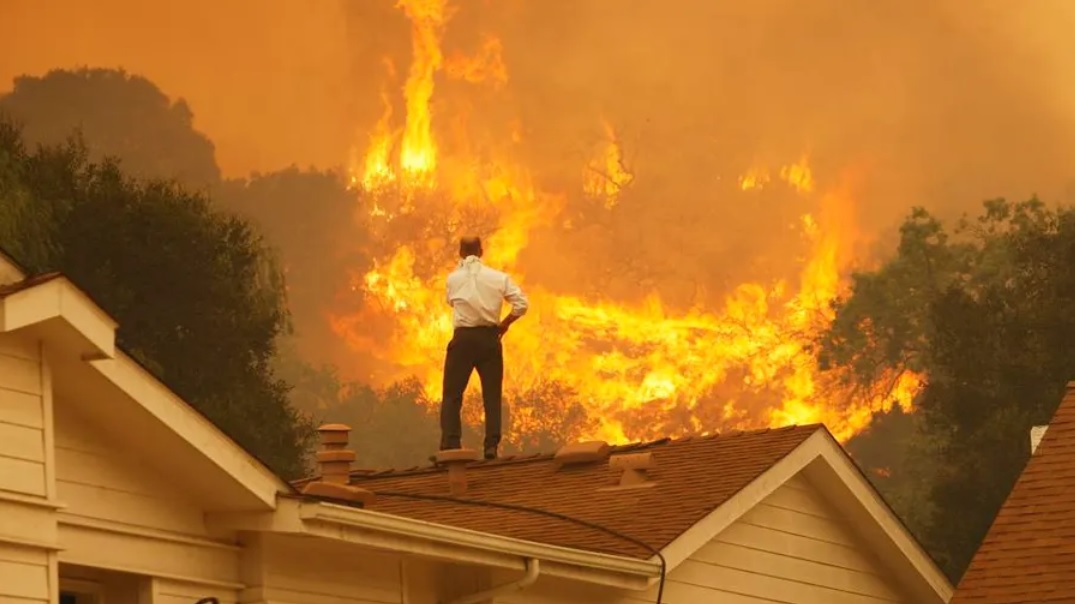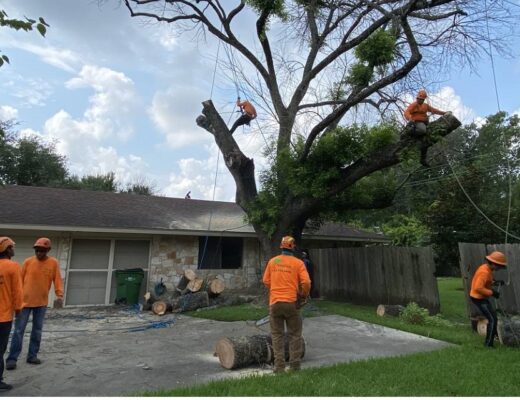As the climate warms, wildfires are becoming an increasingly common and devastating reality, particularly in California.
Homeowners in this state must grapple not only with the immediate threat of damage and destruction, but also with the long-term impacts on air quality, property values, and community resilience.
However, while the prospect may seem daunting, there are a number of effective strategies you can employ to protect your home from wildfires.
In this post, we’re aiming to provide a comprehensive guide on how to safeguard your property, incorporating measures that range from landscape design to the use of fire-resistant materials.
What To Know About Wildfires In California
In California, wildfires are an increasingly prevalent and serious concern. In terms of seasonality, they typically occur during late summer and fall when vegetation is driest and winds are at their strongest.
However, with the effects of climate change, the danger period has been extending.
The state has been experiencing more frequent and destructive wildfires even in the winter and spring months.
Geographically, no area is completely immune, but certain regions are particularly susceptible.
The areas most prone to wildfires include the Sierra Nevada foothills, Southern California mountains and foothills, and the coastal areas of Central and Northern California.
In these regions, the combination of hot, dry weather, abundant wildland vegetation, and frequent high winds creates ideal conditions for rapid fire spread.
1. Landscape Design
The first step in protecting your home from wildfires is to create a fire-resistant zone around it.
This can be done by strategically designing the landscape, including removing or reducing flammable vegetation and replacing it with plants that are more resistant to flames.
Additionally, opting for hardy shrubs and trees such as oaks, maples, and redwoods can help to break up the spread of flames.
It is also recommended that you keep your grass cut short—no higher than 4 inches—and maintain a distance of at least 30 feet between your home and any combustible plants.
2. Fire-Resistant Materials
Fire-resistant materials are essential to defending your home against wildfires.
This includes replacing wooden siding and roofing with fire-resistant alternatives, such as metal, stucco, and fiber cement.
It’s also important to install dual-pane windows with tempered glass or heat shielding film, which helps to reduce radiant heat penetration into the home.
Also make sure that any vents, decks, and porches are made from non-combustible materials.
3. Staying Prepared In All Seasons
Do your best to remain vigilant year round when living in a natural disaster prone area.
This means maintaining a wildfire emergency kit with necessary supplies, including fire extinguishers and smoke detectors, and creating an evacuation plan with family members so that everyone knows what to do during a disaster.
You should also keep your gutters clear of leaves and other debris to reduce the risk of embers catching fire.
It’s recommended that you install a sprinkler system and have it regularly serviced to ensure that it will be in working order if needed.
4. Purchase Insurance
On the insurance front, the right policy can make the difference between a minor setback and financial ruin.
Ensure that your home is adequately insured for its replacement cost, including any additional costs that may be incurred due to updated building codes.
Make sure that your policy covers not just the structure of your home, but also your personal belongings.
You might even consider purchasing separate policies for fire and flood if they are not included in your basic policy.
5. Legal Preparations
Having a lawyer and insurance in place prior to a disaster can be a significant step towards protecting your home from wildfires.
Legal assistance can ensure that you fully understand the implications of your insurance policy and that your interests are protected in the aftermath of a disaster.
This could range from clarifying the nuances of the insurance claim process to navigating any disputes that may arise, such as this.
When disaster strikes, the last thing you want to be doing is arguing with insurance companies or tedious tasks like paperwork.
Conclusion
Wildfires are an unfortunate reality in California, and homeowners must be prepared to protect their property.
By employing a combination of landscape design, fire-resistant materials, emergency planning, insurance coverage, and legal preparations, you can safeguard your home from the threat of these devastating disasters.
As long as you remain vigilant and take the necessary steps to protect your home from wildfire risks, you can rest assured knowing your property is in good hands.








No Comments